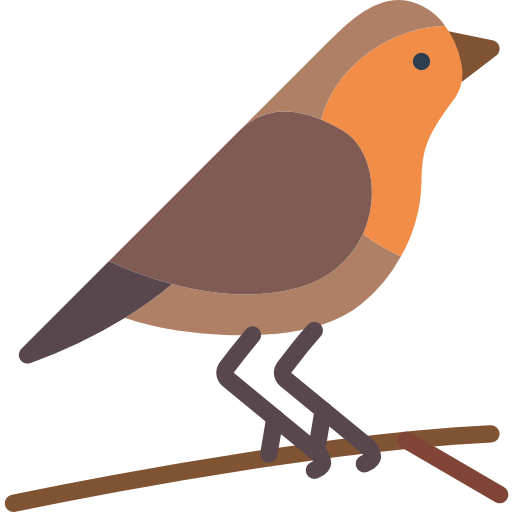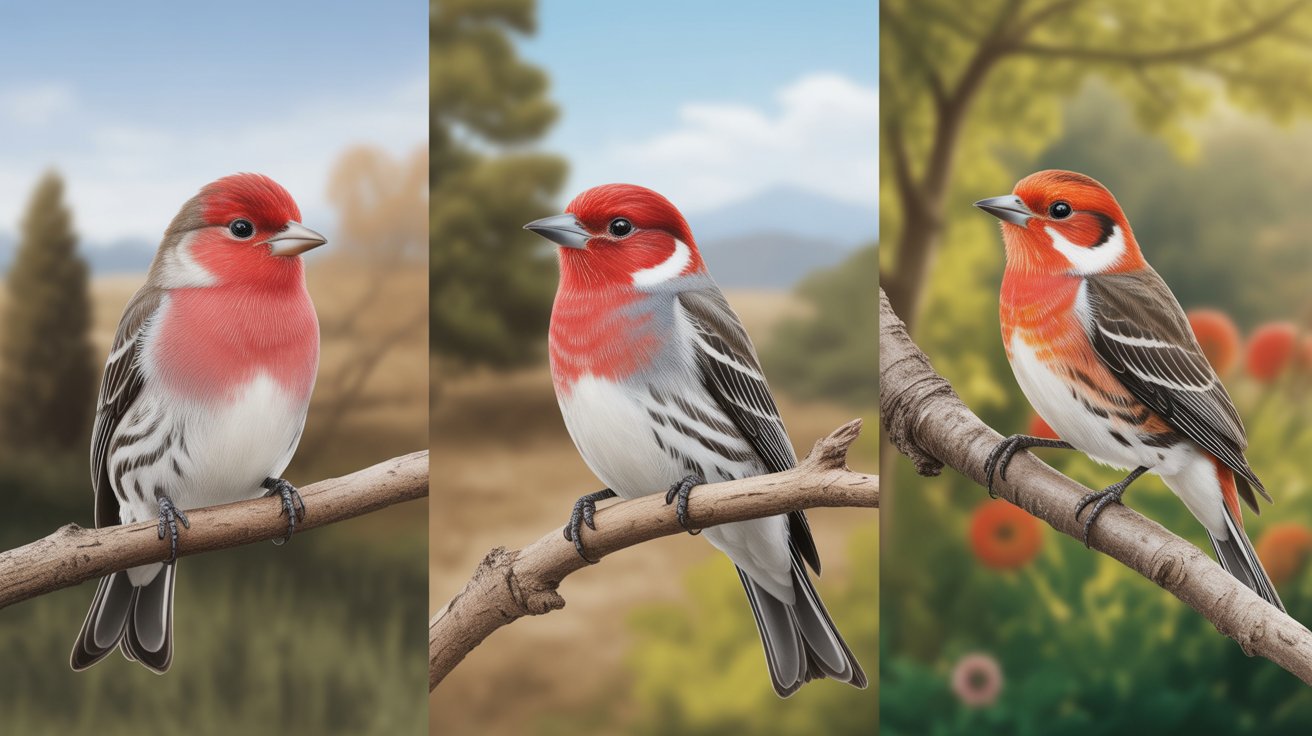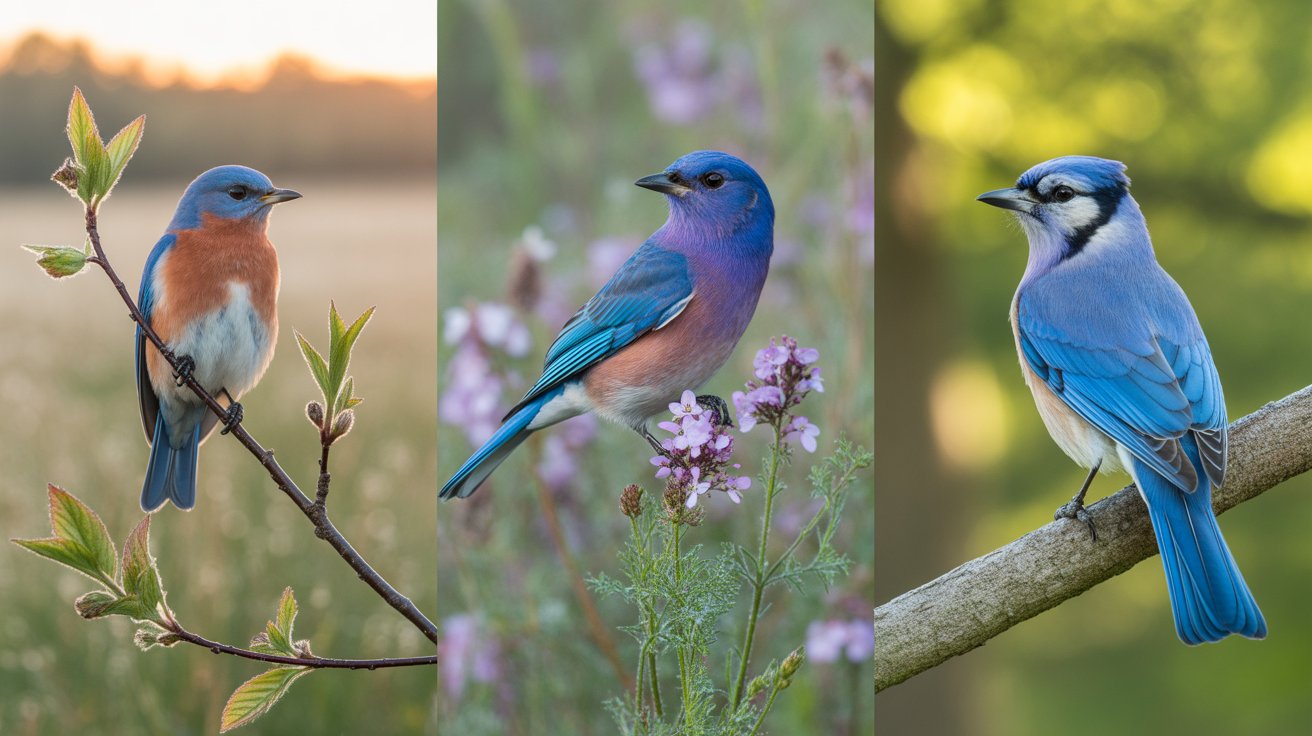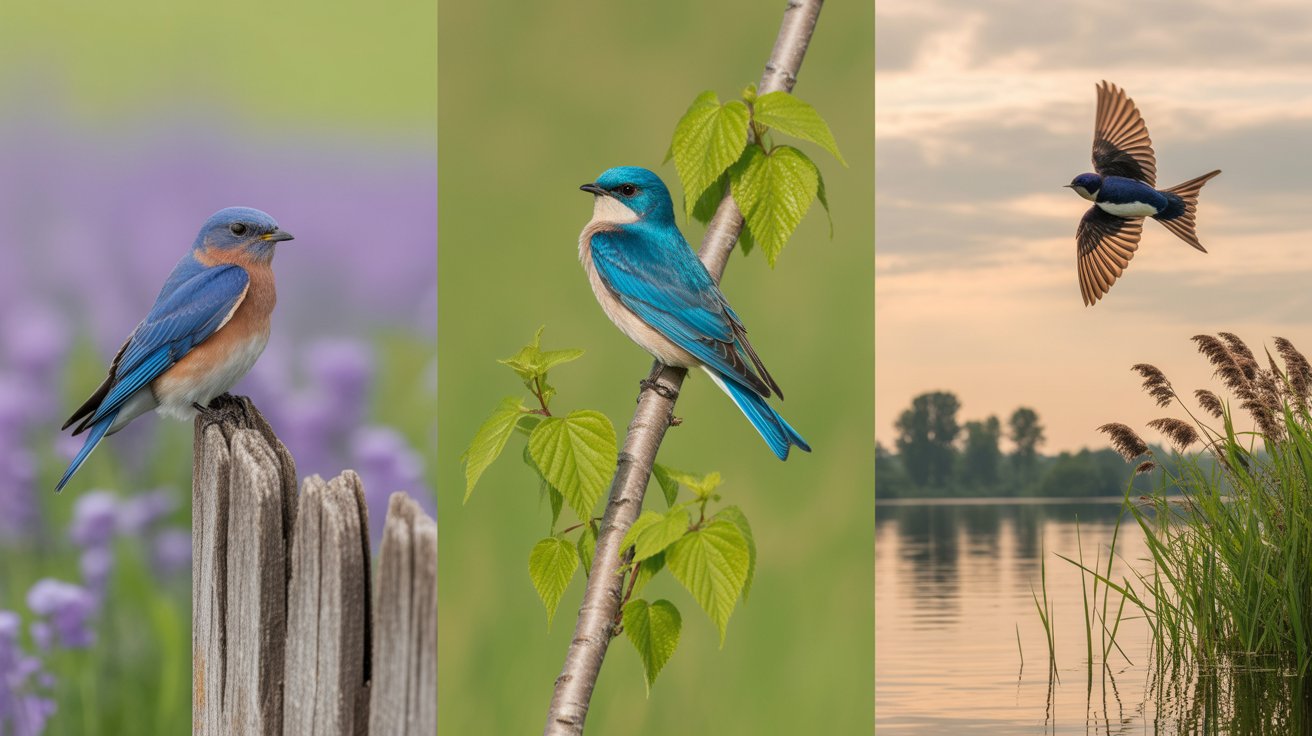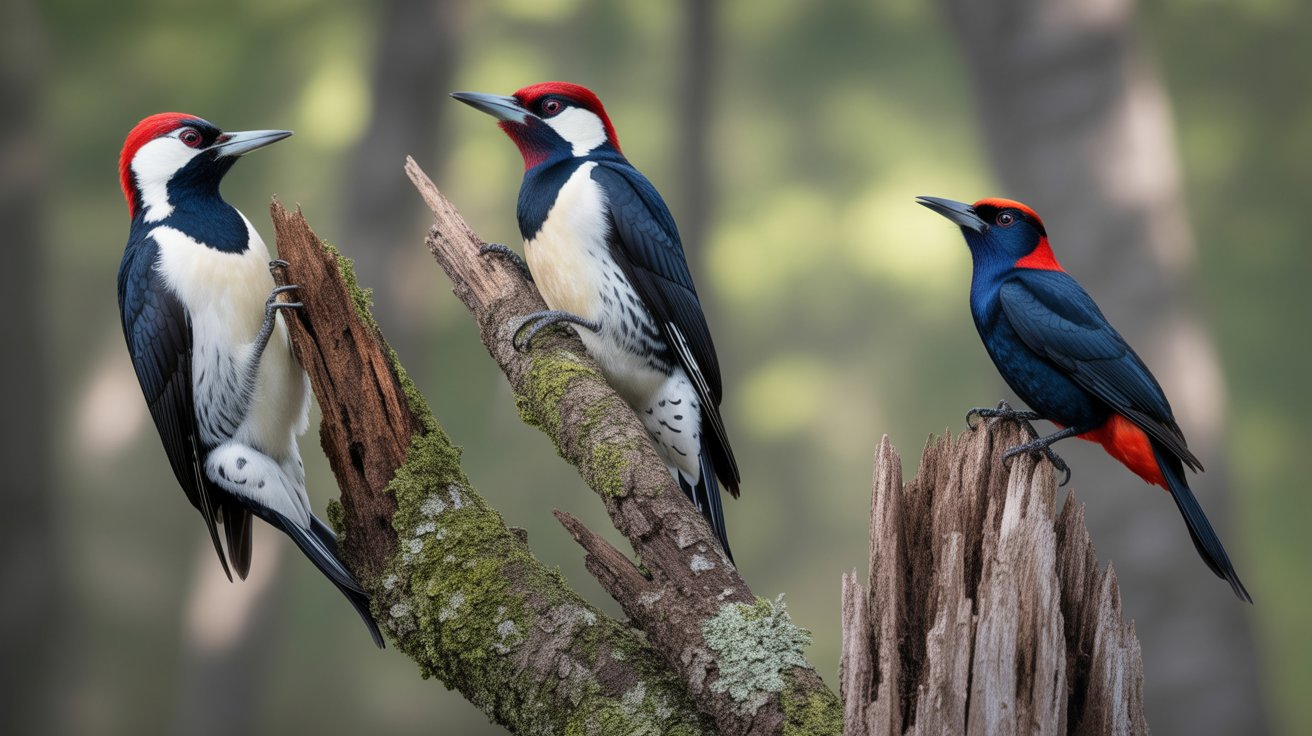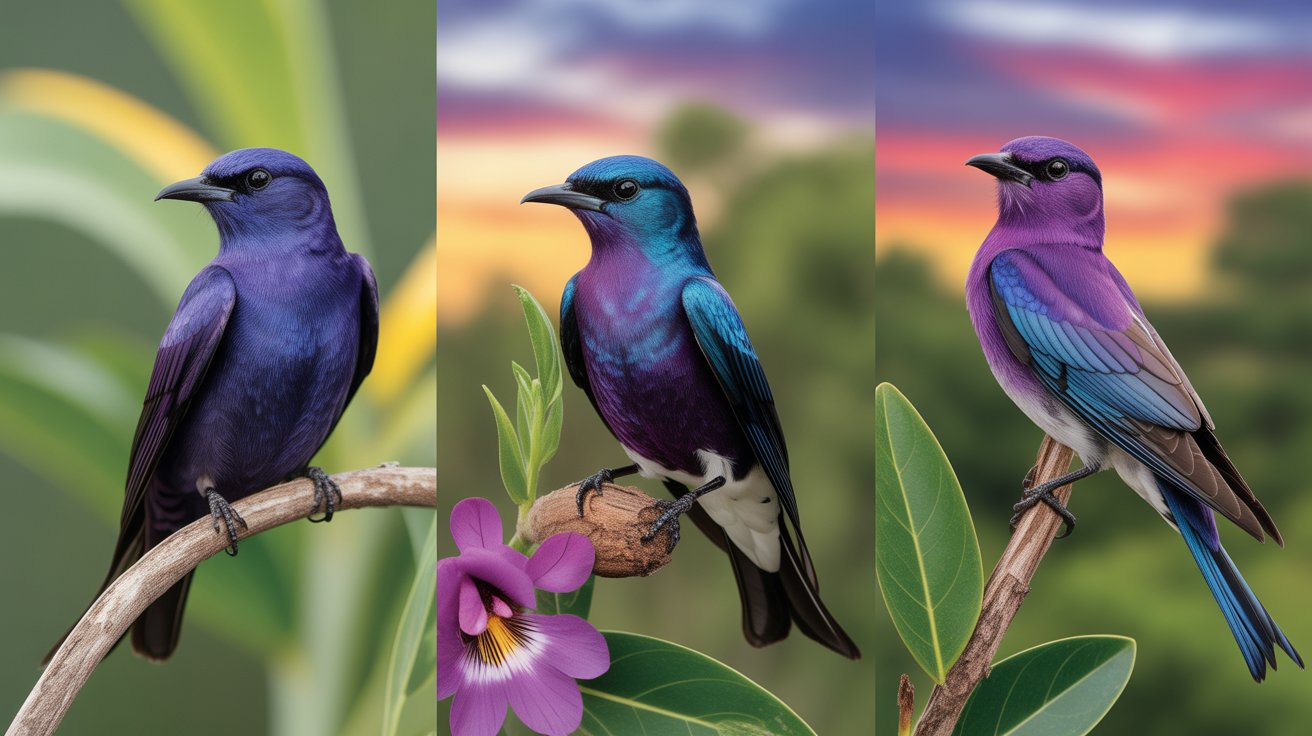If you’re someone who enjoys discovering hidden gems in the bird world, then Abbott’s Babbler might just catch your interest. This relatively shy, forest-loving bird isn’t as flashy as a peacock or as loud as a parrot, but it has its own quiet charm that’s captured the hearts of birdwatchers across Southeast Asia.
Whether you’re an amateur birder, a seasoned ornithologist, or just someone curious about the birds in your backyard, getting to know Abbott’s Babbler offers a glimpse into a species that thrives in tropical woodlands. It’s often heard before it’s seen—its distinctive call echoing through the undergrowth—and spotting it feels like uncovering a secret.
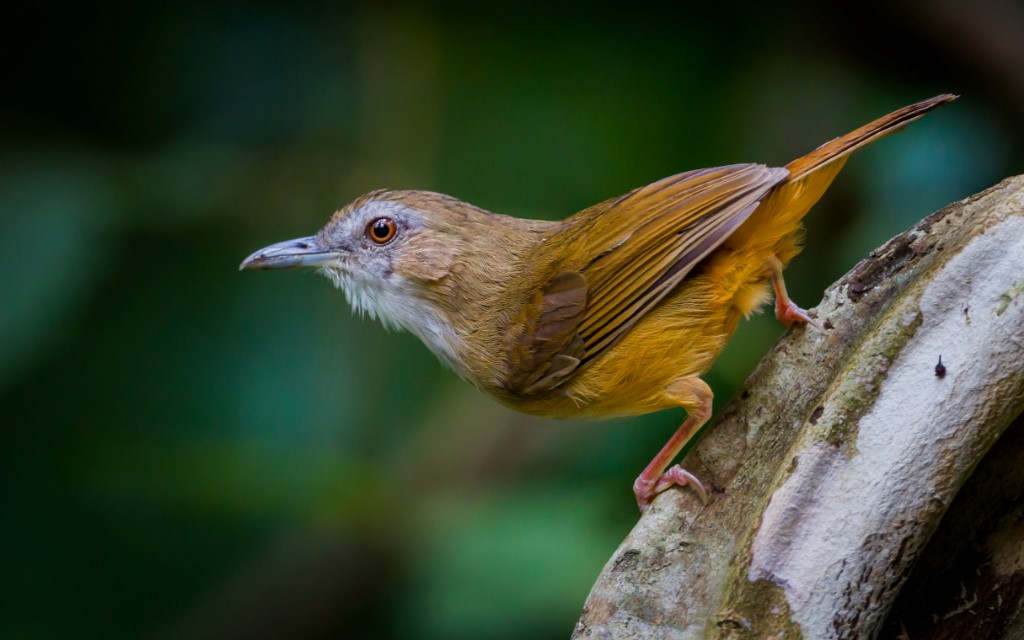
In this guide, you’ll learn everything about Abbott’s Babbler, from its physical traits to its habitat, behavior, diet, and breeding. You’ll also uncover some surprising facts that will make you appreciate this quiet songbird even more. So grab your binoculars or just your curiosity—we’re about to explore the world of Abbott’s Babbler in detail.
Abbott’s Babbler: A Complete Guide to This Forest-Dwelling Songbird
Scientific Classification
Let’s start by placing Abbott’s Babbler in the tree of life. Scientifically, it’s known as Malacocincla abbotti, and it belongs to the family Pellorneidae, a group of ground-dwelling babblers commonly found in dense tropical forests.
Here’s how its classification looks:
- Kingdom: Animalia
- Phylum: Chordata
- Class: Aves
- Order: Passeriformes
- Family: Pellorneidae
- Genus: Malacocincla
- Species: M. abbotti
The bird is named after Lieutenant Colonel J. R. Abbott, a British army officer and naturalist who collected the first specimen in India.
Physical Description
You might not notice Abbott’s Babbler at first glance, but once you spot it, its subtle beauty stands out. It has a plump body and a relatively long tail, giving it a round, somewhat bulky appearance for a small bird.
- Size: About 13–15 cm (5.1–5.9 inches) in length
- Weight: Around 20–25 grams (0.7–0.9 ounces)
- Wingspan: Approximately 18–20 cm (7–8 inches)
Its plumage is mostly olive-brown on the back and wings, while the underparts are whitish to buffy, giving it a soft and warm appearance. The throat is usually paler, sometimes almost white, creating a subtle contrast.
Its eyes are dark, round, and expressive—perfect for peeking through undergrowth. It has a short, slightly curved bill that’s well-suited for foraging on the forest floor. You won’t see a crest or dramatic colors here—Abbott’s Babbler is all about blending in with its woodland home.
Habitat and Distribution
You’ll find Abbott’s Babbler quietly thriving in dense, humid forests, particularly in lowland and foothill areas. It prefers secondary growth and thick underbrush, often near water sources like streams or wetlands.
Its distribution includes a wide range of South and Southeast Asia, including:
- India (Northeast and Western Ghats)
- Bangladesh
- Myanmar
- Thailand
- Malaysia
- Laos
- Vietnam
- Indonesia (Sumatra, Borneo, and nearby islands)
This bird is a resident species, which means it doesn’t migrate—it stays put in its preferred territory year-round, hidden in the shadowy corners of the forest.
Behavior
Abbott’s Babbler is a bird of habit, often seen skulking through the undergrowth in pairs or small family groups. It’s not the kind to show off in the open—rather, it prefers the safety and cover of thick vegetation.
You’ll often hear it before you see it. Its call is a loud, clear “chow-chow-chow” or “chu-weet” sound, repeated rhythmically and sometimes in duets between mates. These vocalizations are an essential part of their territorial and social behavior.
It’s not a strong flier. Most of its movement is hopping or fluttering from bush to bush or along the ground. This bird spends much of its time foraging in leaf litter, turning over debris with quick flicks of its beak.
Diet
Abbott’s Babbler follows a largely insectivorous diet, which means it feeds primarily on insects and other small invertebrates. It forages low in the vegetation or on the forest floor, constantly on the lookout for ants, beetles, spiders, and caterpillars.
Occasionally, it might also nibble on small berries, seeds, or plant matter, but these make up only a small part of its diet. Its curved beak is ideal for probing leaf litter and picking tiny prey from between leaves and twigs.
This ground-hunting behavior is what makes it so vital for forest ecosystems—it helps control insect populations and contributes to the natural cleanup process.
Breeding and Nesting
When breeding season comes around—usually during the warmer months like April to August—Abbott’s Babbler becomes more vocal and territorial.
The pair builds a neat, cup-shaped nest low to the ground, often tucked in a shrub or small sapling. These nests are constructed using dry leaves, grass, rootlets, and sometimes even spider webs for binding.
- Clutch Size: 2–3 eggs
- Egg Color: Whitish or pale with brown speckles
- Incubation Period: About 12–14 days
- Fledging: Chicks leave the nest around 12–15 days after hatching
Both parents share duties of incubation and feeding. They are known for their close pair bonds and cooperative parenting, making them great partners in bird life.
Interesting Facts About Abbott’s Babbler
- Stealthy Nature: You’re more likely to hear than see this bird. Its secretive lifestyle keeps it safe from predators and human disturbance.
- Subspecies Diversity: Several subspecies exist across different regions, each with minor differences in plumage or size.
- No Migration: Unlike many birds, it doesn’t migrate, preferring the same patch of forest year after year.
- Ecosystem Helper: By feeding on insects in the forest floor, it plays a vital role in pest control and soil turnover.
- Duet Calling: Males and females often call together in a synchronized pattern—believed to strengthen pair bonds and defend territory.
Frequently Asked Questions
1. Where can I spot Abbott’s Babbler in the wild?
You’ll find it in dense, tropical forests across South and Southeast Asia. Look in areas with thick undergrowth, especially near water.
2. Is Abbott’s Babbler endangered?
No, it is currently listed as Least Concern by the IUCN, but habitat loss could become a threat if forests continue to shrink.
3. How does it communicate?
It uses a series of loud, repetitive calls that can be heard echoing through the forest. Pairs often engage in duets.
4. What makes this bird unique?
Its secretive habits, duet calling, and ground-foraging behavior make it stand out among other songbirds.
5. Can Abbott’s Babbler be kept as a pet?
No, this bird is wild and best left in its natural habitat. It does not adapt well to captivity.
Conclusion
Abbott’s Babbler might not be the flashiest bird in the forest, but its quiet resilience, loyalty to its partner, and charming call make it a delightful species to learn about. As you’ve seen, this bird thrives in the undergrowth, hidden away from prying eyes yet contributing greatly to the balance of its ecosystem.
If you ever find yourself trekking through the tropical forests of Southeast Asia, take a moment to stop and listen. You might just hear the rhythmic call of Abbott’s Babbler before catching a glimpse of its soft brown plumage darting through the bushes. It’s a bird that rewards patience and curiosity—two traits that every great birdwatcher needs.
So, now that you know all about Abbott’s Babbler, will you add it to your birding bucket list?
